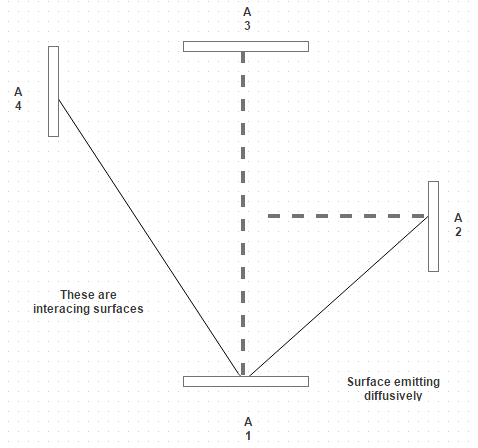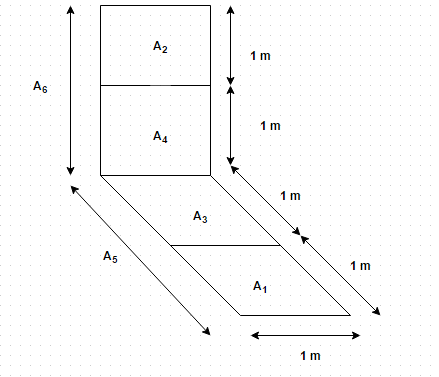Heat Radiation MCQs
Welcome to our comprehensive collection of Multiple Choice Questions (MCQs) on Heat Radiation, a fundamental topic in the field of Heat Transfer. Whether you're preparing for competitive exams, honing your problem-solving skills, or simply looking to enhance your abilities in this field, our Heat Radiation MCQs are designed to help you grasp the core concepts and excel in solving problems.
In this section, you'll find a wide range of Heat Radiation mcq questions that explore various aspects of Heat Radiation problems. Each MCQ is crafted to challenge your understanding of Heat Radiation principles, enabling you to refine your problem-solving techniques. Whether you're a student aiming to ace Heat Transfer tests, a job seeker preparing for interviews, or someone simply interested in sharpening their skills, our Heat Radiation MCQs are your pathway to success in mastering this essential Heat Transfer topic.
Note: Each of the following question comes with multiple answer choices. Select the most appropriate option and test your understanding of Heat Radiation. You can click on an option to test your knowledge before viewing the solution for a MCQ. Happy learning!
So, are you ready to put your Heat Radiation knowledge to the test? Let's get started with our carefully curated MCQs!
Heat Radiation MCQs | Page 20 of 21
Discover more Topics under Heat Transfer





Surface 1 i.e. curved cylindrical has an emissivity 0.75 and temperature 800 K
Surface 2 i.e. closing disc has an emissivity 0.8 and temperature 700 K
Surface 3 i.e. closing disc has an emissivity 0.8 and temperature 700 K
The closing flat discs are 25 mm in diameter and they have interspacing distance equal to 100 mm. If the shape factor between these two identical discs is 0.05, calculate the net rate of radiant heat flow from the curve surface to each of the closing end surface.
